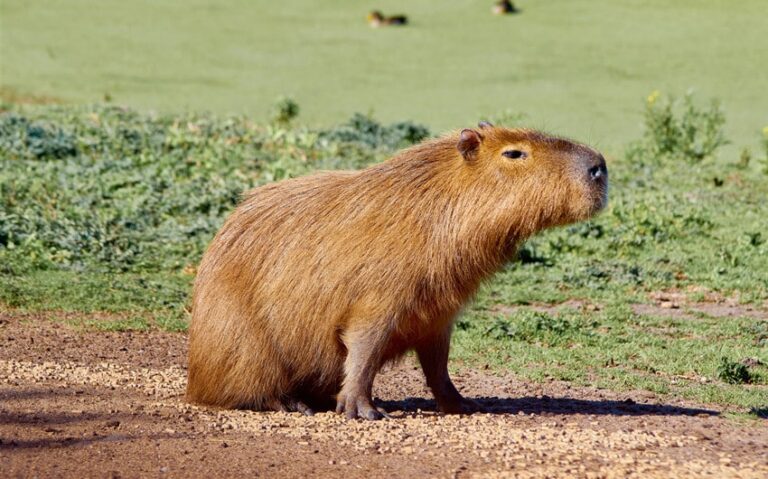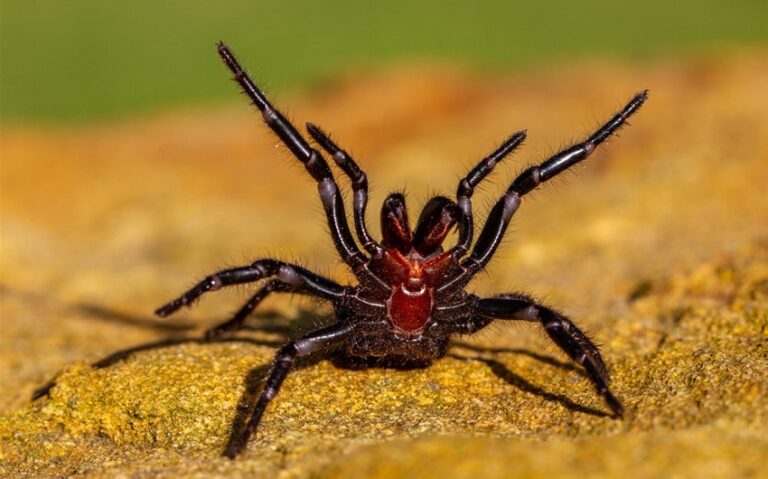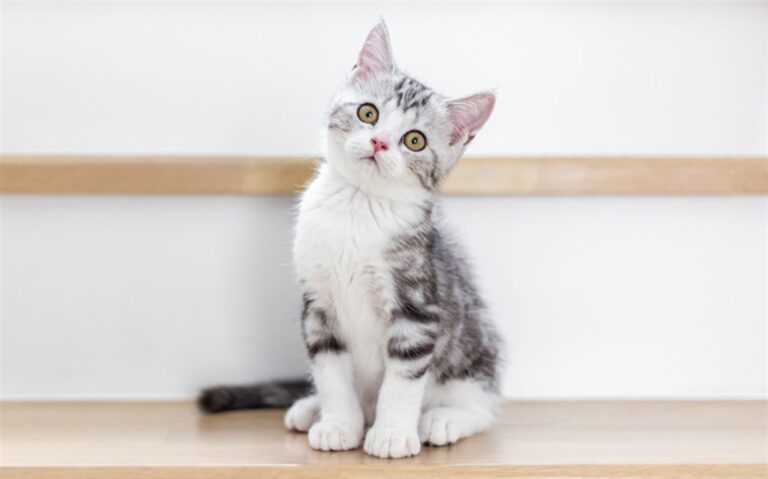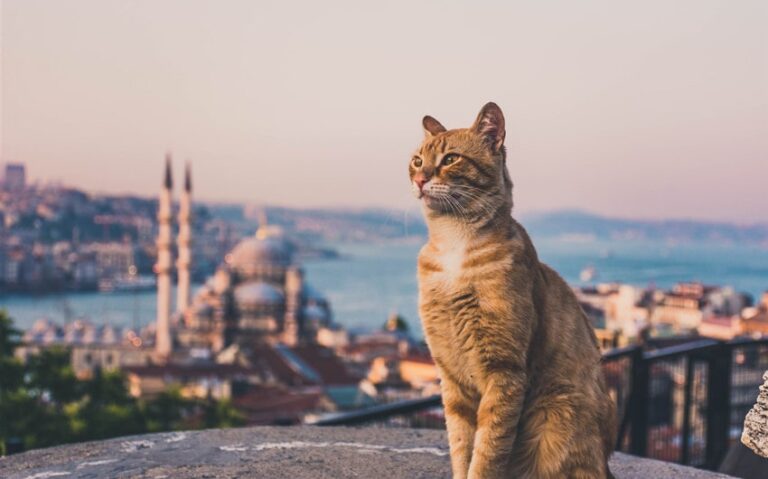Why Are Cats’ Tongues So Rough? The Prickly Secret Behind the Purr
If you’ve ever been licked by a cat, you know it’s not exactly a comforting gesture. Unlike the warm, slobbery kiss of a dog, a cat’s tongue feels more like a gentle scrape from a tiny piece of sandpaper. It’s weird. Abrasive. Almost jarring. And once you experience it, you can’t unfeel it. But there’s a reason for that scratchy sensation—actually, several. So I started digging: why are cats’ tongues so rough, and what purpose does that serve?
It’s Not Just Rough—It’s Engineered Like a Precision Tool
To the naked eye, a cat’s tongue might look soft and pink like ours. But under a microscope, it’s an intricate landscape of tiny, backward-facing spikes. These structures are called filiform papillae, and they’re made of keratin—the same tough protein found in human fingernails and claws.
Each papilla is shaped like a miniature hook, angled toward the cat’s throat. This design isn’t accidental—it’s highly specialized for tasks like cleaning, scraping, and separating. Scientists who’ve studied cat tongues in 3D scans describe the structure as “Velcro-like” in how it grabs, holds, and transfers material.
What’s more impressive is that these papillae aren’t just surface-level features. They’re hollow near the tip, acting almost like tiny capillary straws. This helps the tongue wick saliva deep into fur for grooming, and adds efficiency when transferring water or flesh into the cat’s mouth. What feels like a weird texture to us is, to a cat, an all-in-one grooming brush, meat shredder, and hydration tool.
Grooming: A Built-in Comb for a Fur-Covered Life
One of the biggest reasons a cat’s tongue is so rough is grooming. Cats spend 30% to 50% of their waking hours grooming themselves. That’s not vanity—it’s survival. In the wild, grooming removes dirt, parasites, and scent trails. For indoor cats, it’s still an essential habit rooted in instinct.
Those keratinized papillae work like a comb, detangling fur and removing loose hair, debris, and dead skin. Their backward-facing angle helps catch fur and pull it out. The tongue distributes saliva throughout the coat, which keeps fur clean and cool (cats don’t sweat like we do—they regulate heat through grooming).
Scientists have even found that the tongue’s papillae are long and stiff enough to penetrate through thick fur, all the way to the skin. That means cats aren’t just cleaning the surface—they’re exfoliating, moisturizing, and untangling in one motion. It’s basically a built-in spa system, and the roughness is essential for it to work.
Feeding: A Tongue Designed to Strip Meat Like a Knife
Another reason cat tongues are rough? They’re designed for meat. Cats are obligate carnivores, meaning their bodies are built to eat animal flesh—and their tongues are part of that toolkit. In the wild, when a cat takes down prey, the papillae on their tongue help them tear meat from bone.
The hook-like papillae catch muscle fibers and pull them toward the throat. It’s an efficient way to consume soft tissue without using paws or teeth for every motion. The tongue does part of the chewing work. Even house cats, though removed from the wild, retain this evolutionary advantage. It’s why you might see your cat licking at meat or wet food rather than just biting and chewing—it’s instinctive behavior tied to how their bodies evolved to consume prey.
So that sandpaper feeling? It’s actually a survival adaptation. It helps them be more effective predators—even if their “prey” now comes from a can.
Drinking Mechanics: The Physics Behind the Lap
You might think drinking is simple, but cats do it with surprising precision. When a cat drinks, it doesn’t scoop water with its tongue like a ladle. Instead, the tip of the tongue barely touches the surface and quickly retracts upward, drawing a column of water into the mouth using inertia and gravity. Then the cat snaps its jaws shut just in time to trap the liquid.
This action happens up to four times per second. And while the papillae don’t scoop water directly, their texture creates more surface tension and helps the tongue hold and release small amounts of liquid more efficiently. Researchers who’ve filmed cats drinking in slow motion describe the process as “a perfectly timed balance between fluid dynamics and muscle control.”
So yes, even the roughness of a cat’s tongue has a role in how it drinks. It’s not just about abrasion—it’s about grip, flow, and control, even at high speed.
Communication: Grooming, Affection, and Social Signals
When a cat licks another cat—or a human—it’s not just random behavior. It’s social grooming, or allogrooming, and it plays a role in bonding and trust. In multi-cat households, dominant or affectionate cats will often groom others as a sign of unity. When your cat licks you, it might be an extension of that instinct. They’re treating you like family.
But because their tongues are so rough, what they intend as affection may feel uncomfortable or even painful to us. It’s easy to interpret it as annoying, but it’s often a genuine display of closeness. The roughness isn’t meant to hurt—it’s just how they’re built. It’s like getting a back rub from someone with sandpaper hands: odd, but oddly sweet.
Some cats also lick to mark their territory, using their saliva to leave a scent marker. Others lick obsessively due to anxiety, medical issues, or boredom—so it’s always good to observe context. But in most cases, if your cat is giving you a little tongue time, they’re including you in a very cat-like ritual of care.
Why It Feels So Strange to Us
Humans aren’t used to being licked by tongues covered in microscopic spikes. Most of us associate licking with something wet and soft—like a dog’s kiss or even a kiss from another human. A cat’s tongue, by contrast, feels dry, scratchy, and directional. You can almost feel the individual hooks pulling at your skin, especially when a cat is persistent about it.
Because the papillae are keratinized and curved, you can even feel the difference depending on direction: a forward lick might feel sharp, while a backward lick pulls harder. It’s a tactile sensation we rarely encounter elsewhere, which is why it can feel so jarring—almost like being sanded.
But what feels weird to us feels natural to a cat. Their entire biology is optimized around these tiny hooks, from grooming to feeding to communication. So next time your cat licks you and it feels like you’re being exfoliated by a Brillo pad, remember: that’s love, feline style.
So, Why Are Cats’ Tongues So Rough?
Because evolution made them that way—on purpose. Every scratchy lick is powered by papillae that detangle fur, strip meat, help lap water, and communicate affection. What feels strange to us is simply a multi-tool built into the mouth of one of nature’s most efficient small predators.
I still flinch a little when my cat licks my hand—it’s an odd, primal kind of touch. But now I understand it differently. It’s not just a scratchy greeting. It’s a survival tool, a grooming comb, a water pump, and a love letter, all wrapped in one tiny, barbed tongue. And somehow, that makes the weirdness beautiful.






